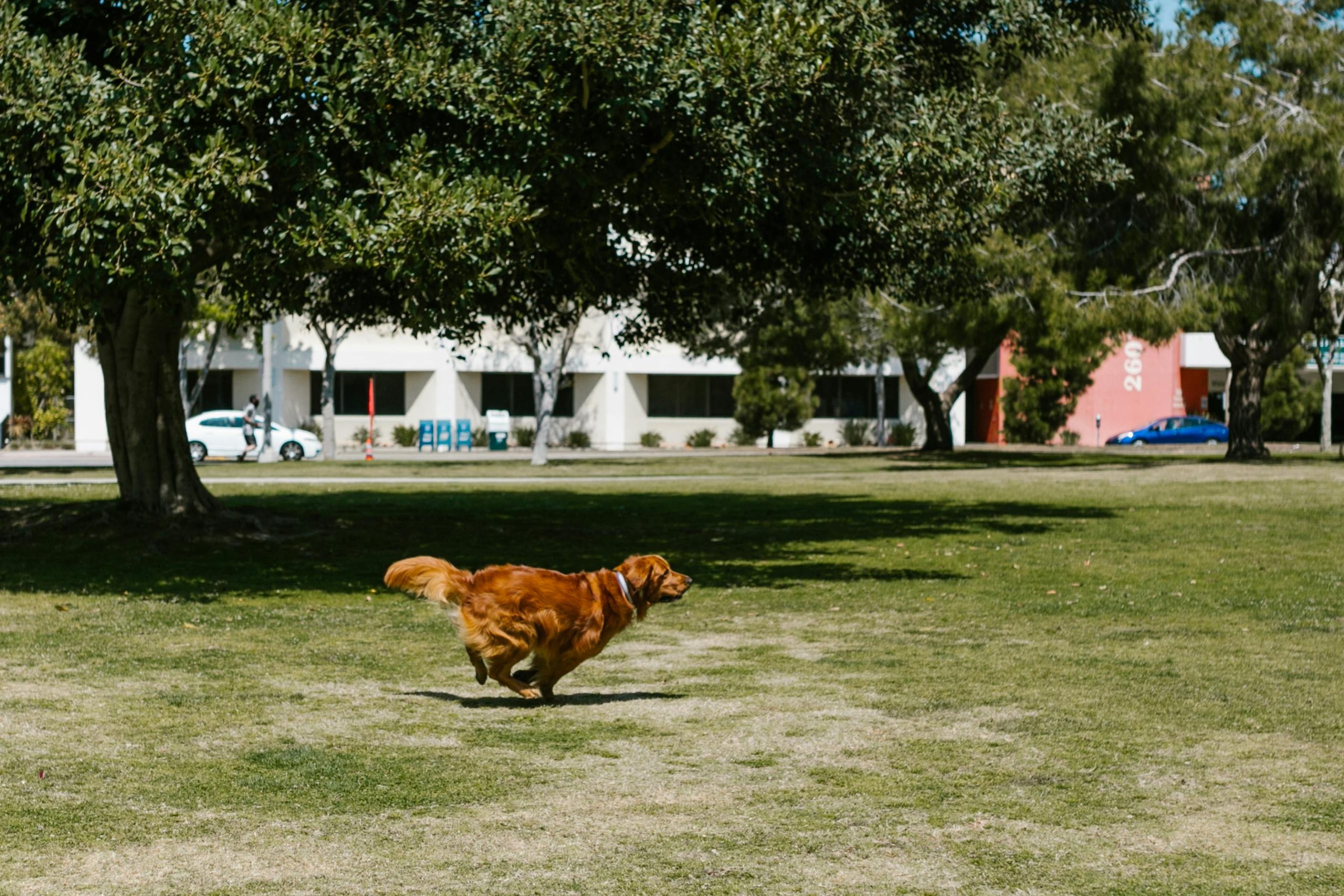You’re sipping coffee when suddenly—zoom! Your dog transforms into a whirling dervish, tearing through the house in frantic loops before collapsing in a panting heap. This explosive phenomenon, officially called Frenetic Random Activity Periods (FRAPs) but affectionately dubbed “zoomies,” isn’t just chaotic energy. It’s an ancient survival mechanism echoing through 40,000 years of canine evolution. At Pawlore, we decode these wild impulses to strengthen your bond with nature’s design. Discover how your dog’s inner wolf shapes this behavior—and science-backed strategies to honor their instincts while protecting your home.
The Evolutionary Engine Behind Zoomies: From Wolf Pups to Your Living Room
Zoomies trace back to wolves (Canis lupus)—the primal architects of canine behavior. biologists observe identical energy bursts in wild pups, revealing three critical survival functions:
First, hunting skill development emerges through these spontaneous sprints. Wild pups practice evasive maneuvers during zoomies, preparing for prey that might counterattack during real chases. A study confirmed domestic dogs retain this muscle memory, performing identical zig-zag patterns during FRAPs as wolf pups escaping simulated threats. These movements aren’t random; they’re encoded escape sequences passed down through generations.
Second, energy thermoregulation explains timing patterns. After extended den rest, wolves use explosive bursts to elevate body temperature rapidly—a vital adaptation for Arctic subspecies. Modern dogs inherit this impulse, often zooming after prolonged crate time or naps. The sudden movement floods muscles with warm blood, preparing them for potential action despite domestic safety.
Finally, social bonding rituals transform individual sprints into group synchrony. Coyote packs engage in coordinated “group zoomies” before hunts, strengthening unity through shared motion. When your dog invites you to chase during their frenzy, they’re replaying this ancestral bonding script.
FRAPs are nature’s pressure valve—releasing stored energy that could attract predators in wild settings. Modern dogs retain this instinct despite removed threats.
Decoding the Frenzy: What Your Dog’s Zoomies Reveal
Zoomies are nuanced communication. Context determines whether your dog is discharging stress, celebrating relief, or rehearsing ancestral protocols. Understanding these triggers helps you respond supportively.
Post-bath explosions mirror wolf behavior after river crossings. Wild canids shake and sprint to discharge stress from vulnerable wet states. Your dog’s towel-time zoomies replicate this instinctive stress reset—waterlogged fur triggers primal vulnerability memories.
Pre-sleep bursts serve as energy dumps before rest cycles. Like coyotes circling dens to flatten grass and expel final energy, dogs clear mental static before sleep. This prevents restless pacing and ensures deeper recovery—an ingenious evolutionary adaptation.
Post-poop celebrations have wild parallels too. Foxes perform “victory sprints” after successful hunts, releasing endorphins after tense activities. Your dog’s post-elimination zoomies similarly celebrate relief from a vulnerable biological act.
Dopamine science explains why zoomies feel irresistible. FRAPs spike dopamine by 200%, rewarding energy expenditure. This neurochemical surge made wild canids repeat survival behaviors—and keeps your Labrador joyfully crashing through your hydrangeas.
When Wild Instincts Collide With Modern Life
Despite their evolutionary brilliance, zoomies pose modern risks requiring thoughtful management. Slippery hardwood floors transform exuberance into injury hazards—veterinary reports indicate 12% of zoomie-related visits involve torn ligaments from uncontrolled slides.
Nocturnal zoomies disrupt human sleep cycles, particularly in urban apartments where sound carries. These midnight bursts often stem from insufficient daytime energy expenditure, leaving dogs overstimulated when household activity ceases.
Anxiety amplification occurs when dogs redirect pent-up energy destructively. A border collie might “herd” children during FRAPs, while terriers may shred cushions mimicking prey dispatch. These aren’t behavioral flaws but misdirected survival protocols.
Red Flag: Zoomies lasting over 5 minutes or occurring more than 5 times daily may indicate neurological issues. Consult your veterinarian if you observe compulsive patterns or self-injuring collisions.
3 Wildlife-Inspired Zoomie Redirection Strategies
Prey-Simulation Chase Courses:
Materials: Flirt pole, rabbit-fur toy, 10m outdoor space
Steps
- Drag toy erratically like injured prey (short sprints with sudden turns)
- Allow “capture” after 20-30 second pursuits
- Reward with high-value treat (freeze-dried liver mimics hunt success)
Science Link: Wolves practice hunting skills through identical play.
Scent-Driven Sprint Sessions:
- Soak tennis balls in pheasant scent (available from hunting suppliers)
- Toss uphill to engage hindquarters like mountain-dwelling jackals
- Use before meals when energy peaks
Pro Tip: Conduct 1 hour before bedtime to prevent nocturnal burst
Structured “Pack Patrol” Rituals:
- Walk dogs at 5mph trot for 20 minutes (mimics wolf border patrols)
- Use waist leashes for hands-free movement
- Incorporate sniff breaks where they analyze “territory markers”
Data Point: Dogs receiving daily patrols show 70% fewer destructive zoomies
Zoomies Across the Canidae Family: A Universal Survival Tool
“There are descriptions of African wild dogs having zoomies in the wild and captivity”. Jeannine Fleegle – Wildlife Biologist
This behavior transcends domestication. Camera traps and field studies document FRAPs in wild relatives:
| Species | Zoomies Context | Documented Function |
| Red Fox | After predator evasion | Adrenaline discharge |
| African Wild Dog | Pre-hunt gatherings | Group cohesion ritual |
| Dhole | Post-meal in dense forests | Digestive stimulation |
| Coyote | During full moons | Nocturnal prey simulation |
Wildlife biologists note these bursts peak during developmental stages—juvenile canids experience FRAPs most frequently, gradually declining with maturity except during high-stress events. This pattern persists in domestic dogs, explaining why puppies zoom constantly while seniors reserve bursts for special triggers.
Key Takeaways for Modern Pet Guardians
Zoomies represent biological inevitabilities, not disobedience. By channeling these impulses through species-appropriate activities like prey simulations and patrol rituals, you honor evolutionary needs while preventing household chaos.
- Never punish zoomies—this creates confusion and anxiety
- Provide safe outlets before energy reaches critical mass
- Trim paw hair for better traction on smooth surfaces
- Consult professionals if patterns suggest neurological concerns
Final Thought: That furry blur ricocheting through your home carries ancient wisdom. When you redirect zoomies compassionately, you become steward to a primal force—transforming potential destruction into joyful connection.



2 thoughts on “Why Do Dogs Get Zoomies? The Wild Canine Energy Burst You Can Channel Safely”